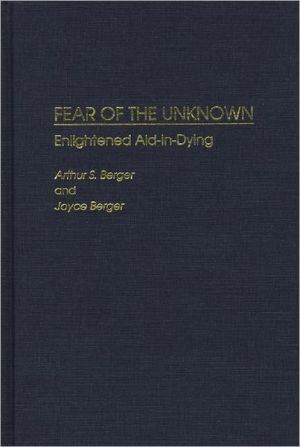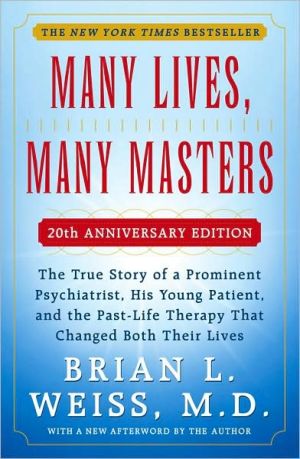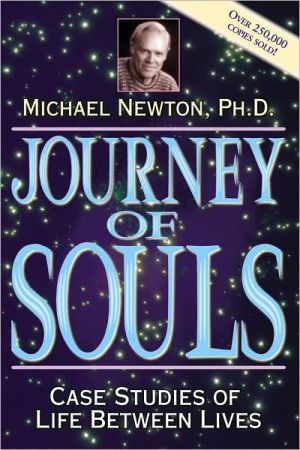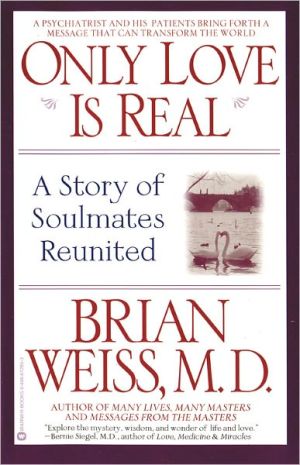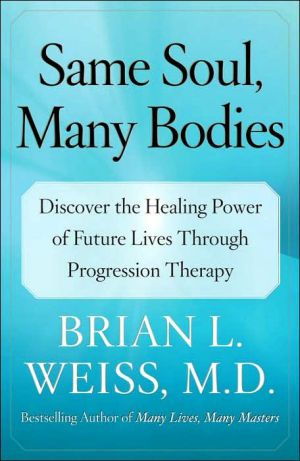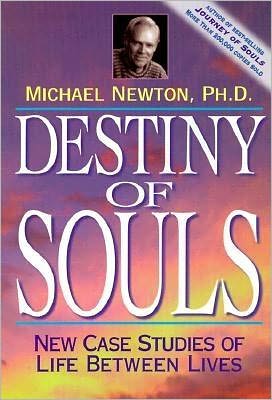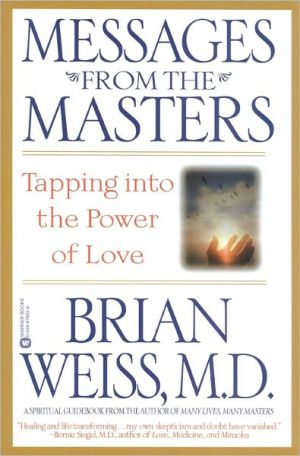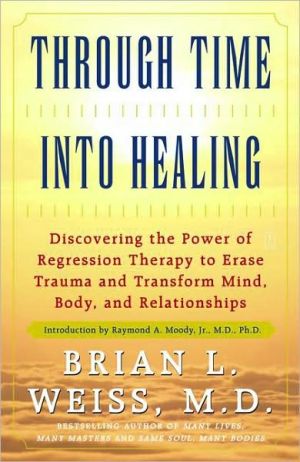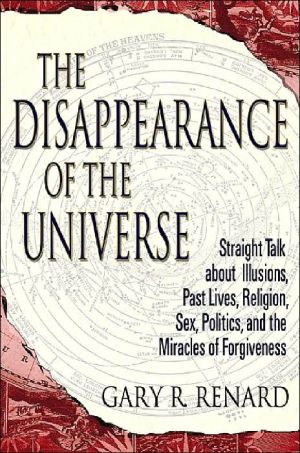Fear Of The Unknown
How do doctors and nurses communicate with frightened patients who are dying, address the needs and concerns of the patients, and help the patients arrive at an acceptance of death? This work deals with the relationship that the health care team has with the dying and how well that team is prepared to address the fears of the dying. In addition, the health care team must learn to deal with their own emotions and ignorance concerning death. This work should be of interest to those professions...
Search in google:
...discusses life and death, and the possibility of survival of death as a need for the health care team. Margaret M. Brennan Aware that many healthcare professionals, and physicians in particular, are uncomfortable talking with dying patients about death and what comes after death, the authors seek to provide evidence of postmortem existence. To this end, they survey the field of psychical research, that is, research of paranormal experiences such as ESP, deathbed apparitions, near death experiences, ghosts, and mediums. The authors believe that recognition of such phenomena can be a valid basis for belief in life after death. From this perspective, death ceases to be an end in itself, but a doorway to a new life. If physicians and others who work with the dying are informed about this research, the authors believe it will be easier to support patients in their dying rather than ignoring patients' questions or viewing death as a failure. This book is intended for the medical community that is grounded in scientific research. The authors are not interested in the religious or the emotional dimensions of the dying patient's experience. Rather, they turn to the small but enduring field of psychical research to explore the meaning and possibility of life after death. This book is a valuable compendium to the field of psychical research. It offers documented examples of the various phenomena. Many of these cases are from the nineteenth and early twentieth century when interest in researching such experiences developed. Whether the examples presented will be sufficient to overcome skepticism about such phenomena, and whether physicians and others who work with the dying will be drawn to exploring such paranormal experiences, is a valid question. The authors conclude by acknowledging their own doubts andunresolved questions about life after death even as they search the literature for evidence. Without diminishing the fact that some people experience such phenomena, it is difficult to draw conclusions about what happens after we die. Belief about life after death may still be a more appropriate subject for theological and philosophical reflection than scientific inquiry.
IntroductionPt. IViews of Death: General and Medical Implications11Views of Death32Personal Continuance View: Impact on the Dying Patient, Physician, Nurse, and Chaplain17Pt. IIInvestigations and Pre-Death Phenomena313A Century of Investigation334Extrasensory Perception455Out-of-Body Experience536The Near-Death Experience637Deathbed Visions73Pt. IIIAt-Death Phenomena798At Death81Pt. IVPost-Death Phenomena859Mental Mediumship8710Reincarnation9711Haunting, Ghosts, and Apparitions107Pt. VAppraisal and Judgment11512Critical Appraisal11713Evaluation, Persuasion, and Aid-in-Dying139Selected Bibliography147Index153
\ From The CriticsReviewer: Margaret M. Brennan, DMin(Loyola University Medical Center)\ Description: Aware that many healthcare professionals, and physicians in particular, are uncomfortable talking with dying patients about death and what comes after death, the authors seek to provide evidence of postmortem existence. To this end, they survey the field of psychical research, that is, research of paranormal experiences such as ESP, deathbed apparitions, near death experiences, ghosts, and mediums.\ Purpose: The authors believe that recognition of such phenomena can be a valid basis for belief in life after death. From this perspective, death ceases to be an end in itself, but a doorway to a new life. If physicians and others who work with the dying are informed about this research, the authors believe it will be easier to support patients in their dying rather than ignoring patients' questions or viewing death as a failure.\ Audience: This book is intended for the medical community that is grounded in scientific research. The authors are not interested in the religious or the emotional dimensions of the dying patient's experience. Rather, they turn to the small but enduring field of psychical research to explore the meaning and possibility of life after death.\ Features: This book is a valuable compendium to the field of psychical research. It offers documented examples of the various phenomena. Many of these cases are from the nineteenth and early twentieth century when interest in researching such experiences developed. Whether the examples presented will be sufficient to overcome skepticism about such phenomena, and whether physicians and others who work with the dying will be drawn to exploring such paranormal experiences, is a valid question. The authors conclude by acknowledging their own doubts and unresolved questions about life after death even as they search the literature for evidence.\ Assessment: Without diminishing the fact that some people experience such phenomena, it is difficult to draw conclusions about what happens after we die. Belief about life after death may still be a more appropriate subject for theological and philosophical reflection than scientific inquiry.\ \ \ \ \ Margaret M. BrennanAware that many healthcare professionals, and physicians in particular, are uncomfortable talking with dying patients about death and what comes after death, the authors seek to provide evidence of postmortem existence. To this end, they survey the field of psychical research, that is, research of paranormal experiences such as ESP, deathbed apparitions, near death experiences, ghosts, and mediums. The authors believe that recognition of such phenomena can be a valid basis for belief in life after death. From this perspective, death ceases to be an end in itself, but a doorway to a new life. If physicians and others who work with the dying are informed about this research, the authors believe it will be easier to support patients in their dying rather than ignoring patients' questions or viewing death as a failure. This book is intended for the medical community that is grounded in scientific research. The authors are not interested in the religious or the emotional dimensions of the dying patient's experience. Rather, they turn to the small but enduring field of psychical research to explore the meaning and possibility of life after death. This book is a valuable compendium to the field of psychical research. It offers documented examples of the various phenomena. Many of these cases are from the nineteenth and early twentieth century when interest in researching such experiences developed. Whether the examples presented will be sufficient to overcome skepticism about such phenomena, and whether physicians and others who work with the dying will be drawn to exploring such paranormal experiences, is a valid question. The authors conclude by acknowledging their own doubts andunresolved questions about life after death even as they search the literature for evidence. Without diminishing the fact that some people experience such phenomena, it is difficult to draw conclusions about what happens after we die. Belief about life after death may still be a more appropriate subject for theological and philosophical reflection than scientific inquiry.\ \ \ BooknewsDeals with epistemological issues surrounding dying patients and the relationships between medical professionals and the dying, helping members of the health team address their emotions and fears about death. Discusses the question of life after death from various perspectives, and draws on psychic research to explore pre-death phenomena, out-of-body and near-death experiences, mental mediumship, reincarnation, and ghosts. Includes a section on critical appraisal of these ideas, and the authors' personal convictions. Annotation c. Book News, Inc., Portland, OR (booknews.com)\ \ \ \ \ 3 Stars from Doody\ \
